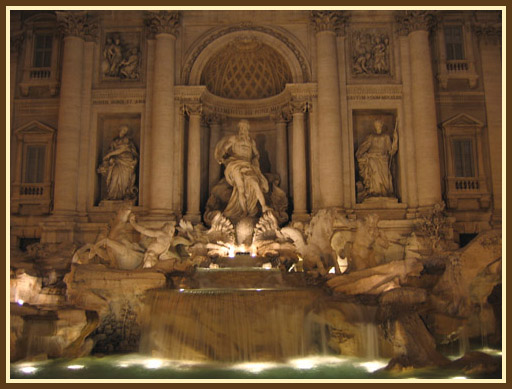
to go to Italy came around and I started planning what to do there did I realized the sheer quantity of "not to miss" sights there were. I signed up last minute for a conference that took place in Rome and had three weeks to prepare for the three week long trip. First thing was first, I got some Italian CDs for the car and a pocket dictionary to learn the language. It turned out that it was very easy to convert from Spanish to Italian and I was able to get around without a hitch. And what a beautiful language. The melodic flow, rhythm, and accents were a pleasure to listen to and try to imitate! 
|
|
|
as well. It was very easy to strike up conversations, which usually resulted in a half Italian half English jumble as we would both practice our foreign language. I was traveling alone on this one, making it easier to meet locals and other travelers. Actually, I was hardly ever alone. The conference I wanted to go to turned out to be in the middle of the summer - tourist season in Italy, so there were plenty of other travelers to briefly unite and explore with. |

|

|
|
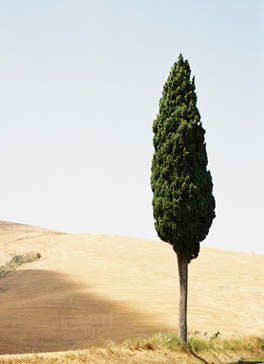 |
mountains, volcanoes, and trails for climbing and hiking I decided, unlike my usual trips, I would not do any extreme sports and dedicate this trip to exploring the Italian culture, history, and the arts. Three weeks could have allowed me to see quite a bit of the country, however I decided to concentrate on just a few areas and leave many places to explore the next time…very convenient. I only had reservations for a few nights of the entire trip set as I wanted flexibility for unplanned deviations - perhaps a bit risky in the peak tourist season, but it worked out well. I was able to make reservations as I went along by e-mail or phone. |
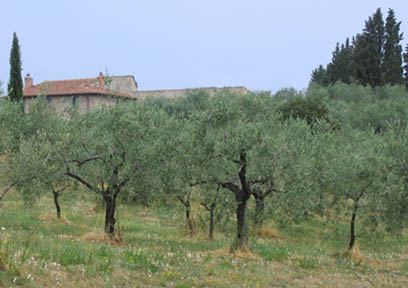
|
|
|
I decided to ease into the vacation in the coastal region called Cinque Terre by the Italian Riviera (4-days), then hit the busy cities of Roma (Rome) (8-days) and Firenze (Florence) (4-days), and finish up in the laid-back Toscana (Tuscany) country side (4-days). |
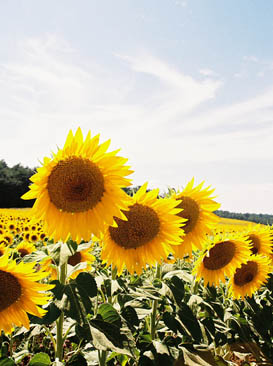
|
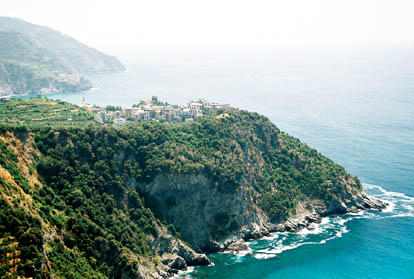
|
|
|
Immediately after flying into Roma, I hopped on a train heading north bound for Le Spezia in the Liguria region. In a half daze from the long flight over I caught glimpses of cramped cities, lone villas surrounded by stands of the tall skinny cypress trees, fields of sunflowers, dramatic mountains, and hill top castles. In Le Spezia I jumped trains to one that runs along the coast to the Cinque Terre (the five lands or villages). Once only accessible by sea they are five small villages perched on the edge of cliffs and rocky coast line. Most still do not have any cars in them and a train that cuts under the mountains and only briefly see daylight at the stops is the main means getting to and from the cities. |
|
 |
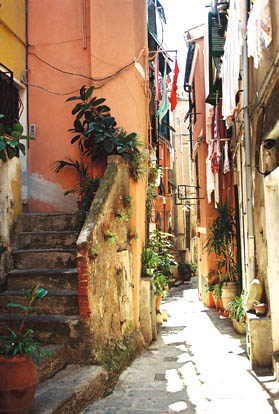 |
|
|
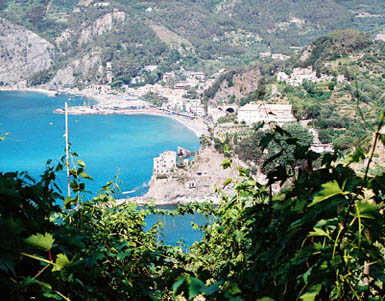
|
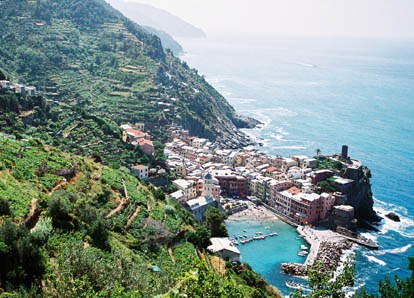
|
|
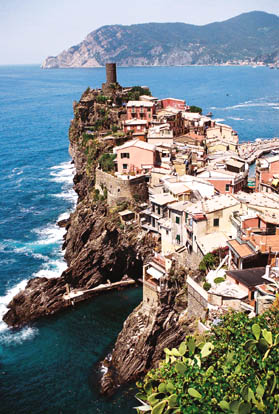 |
Itching to stretch my legs I hiked the Cinque Terre trail. It follows the coast line connecting the five villages - Monterosso al Mare, Vernazza, Corniglia, Manarola, and Riomaggiore. It winds up and down the mountains offering great views of the coast and the villages as you hike through vineyards hugging the steep slopes. The towns were very tight and colorful, perched on top of cliffs, squeezed almost to a busting point. Part way through the hike I joined up with some fun women (Avery, Rebecca, and Lauren) from the States. They were teachers out traveling Europe together. We had a great time hiking the trail, tossing the frizbee in the ocean, racing up the steep tight streets, dancing to a random accordion player's tunes, and what not. I found Vernazza, the one showed with the protected cove, to be my favorite village for the beauty of the city and variety of sights, but Monterosso, with the beach and restaurants, I think is the best choice for a base camp to explore the others. |
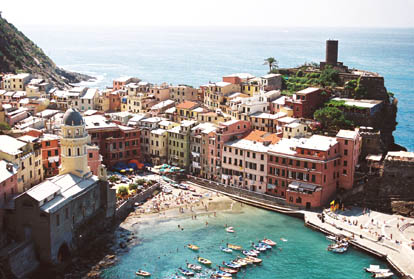
|
|
|
|

|
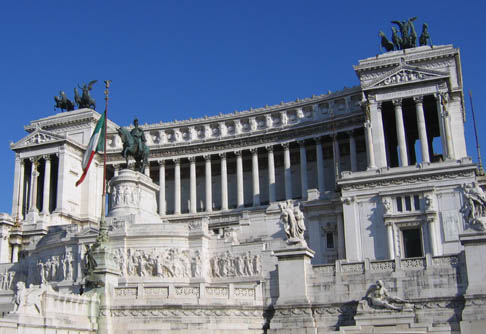
and within walking distance to most areas in Rome. The bus system was also very convenient for getting around the city. I had eight days to explore and I was still not able to see everything I wanted to see. 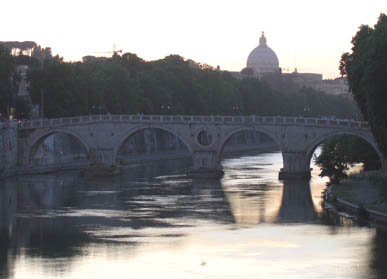
|
|
|
|
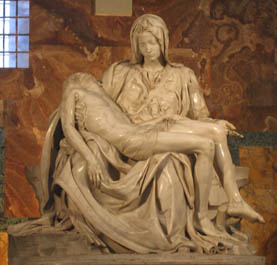
|
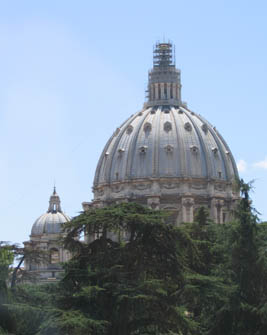 |
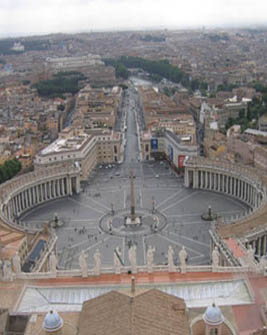 |
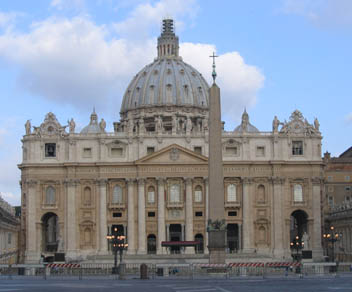 |
to gaze across the city. Monuments and Roman ruins peeked out everywhere, fighting from being overtaken by the modern city. |

and the Sistine Chapel. To be face to face with the some of the best works of art in the world was overwhelming, especially since it was so sustained. There was room after room of art, sculpture, and other artifacts of Roman, Etruscan, Greek, and Egyptian origins. It was much like the British Museum in London, but with much more religious art and it had a homier feel rather than an institutional museum feel. It took quite a bit of time to make it through the various rooms with the Michelangelo, Raphael, and other painter's frescoes. The scenes were so very complex and large that you really had to take your time to appreciate them. Meanwhile hoards of people file past giving brief glances… 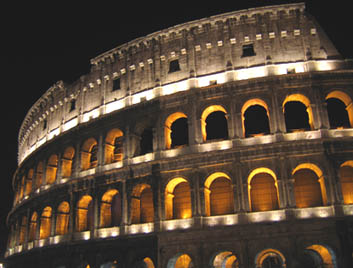
|
|
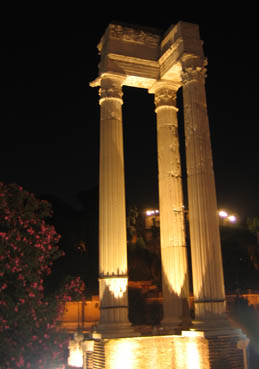 |
|
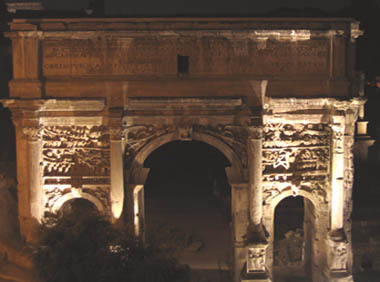 |
|
|
of Rome, this area was the location of the emperor's palaces. Among the remnants include many palaces, a stadium, gardens, baths, aqueduct, and just below was a grassy area that used to be Circus Maximus. Complete with skyboxes, Circus Maximus was the arena that housed the chariot and horse race track used for nearly a thousand years. Waves of history hit walking through the area. Occasionally treading over patterned marble flooring in place as they were two thousand years ago and catching a glimpse of a partial wall painting that used to cover all the brick structures in this area. |
|
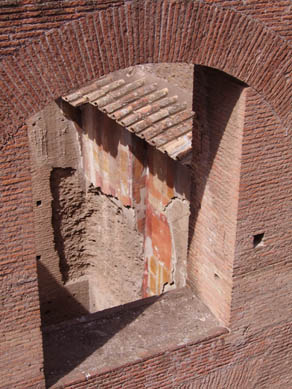 |
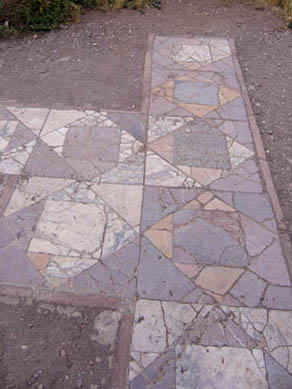 |
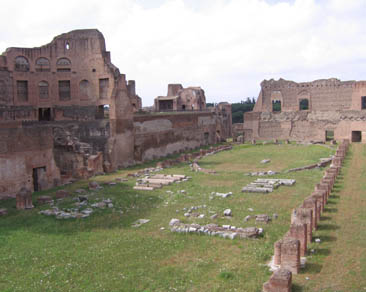 |
Next was the Roman Forum. While maybe depressing and a let down at first glance, a little bit of imagination transforms the broken columns and ruins into one of the inspiring places I have been in this world. Two large arches at either side of the Forum greet travelers and tell of the glory of Rome. |

|
|
|
|
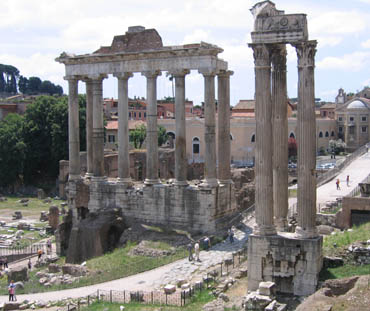
|
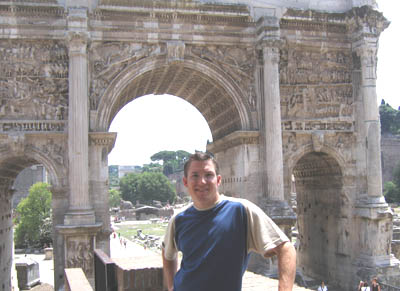
combat and animal fights. The arena's floor is gone now exposing the network of passageways below for animals and people to make entrances from below. 
|
|
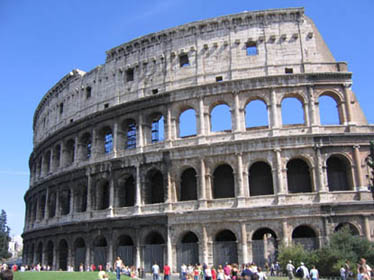 |
|
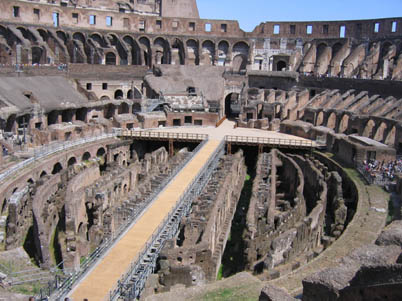
|
|
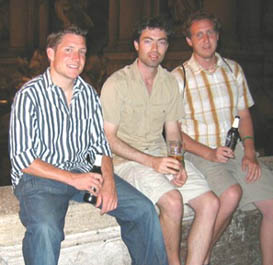 |
|
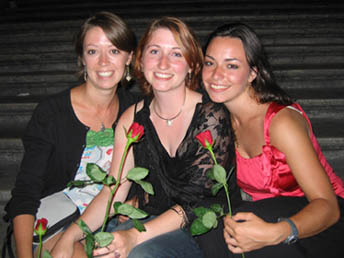
|
|
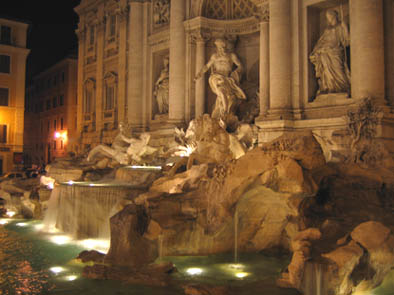 |
|

|
|
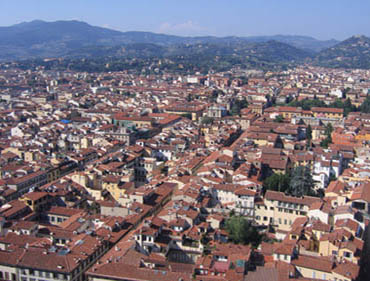 |
|
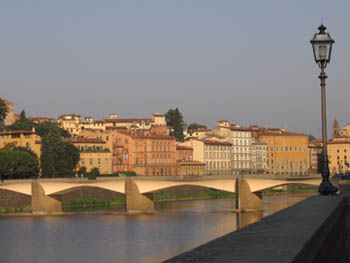
|
|
|
|
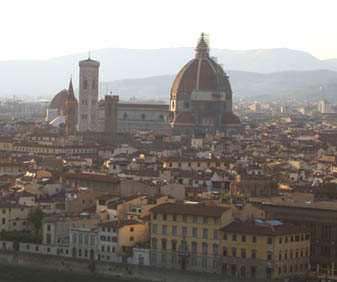
|
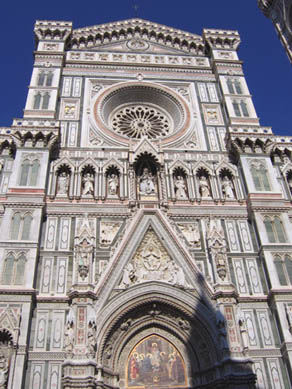 |
 |
|
rises above the city and Piazzale Michelangelo that overlooks Firenze. Besides the architectural feat of the Duomo, it is also very colorful since red, green, and white marble was uses to build the exterior and the terracotta roof helps bond the church with the rest of the city. Also very picturesque, was the Ponte Vecchio or old bridge, with shops lining it and an upper corridor allowing the Medici to get around without having to mix with the public. |
|
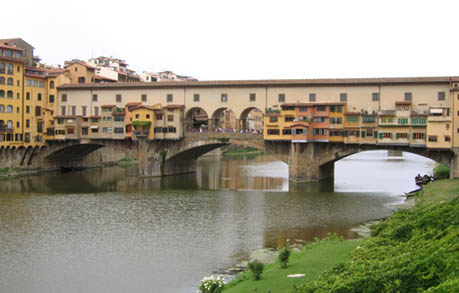
|
|
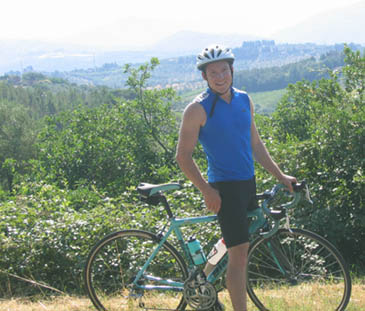 |
|
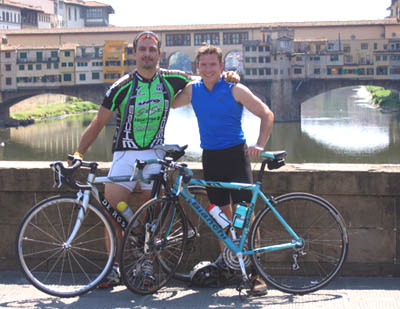
|
|
|
|
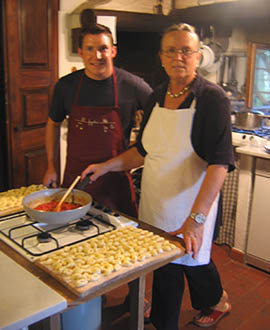 |
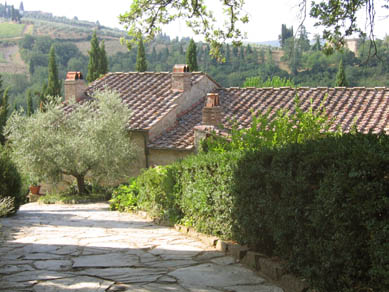
|
|
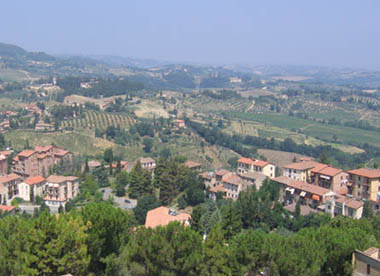 |
base camp for exploring the vineyards and the old hilltop cities throughout Toscana. Laurens, Laura (a fun Dutch couple also staying at Fagiolari), and I tasted many great wines and learned all about Chianti Classico, balsamic vinegar, and prosciutto making. |
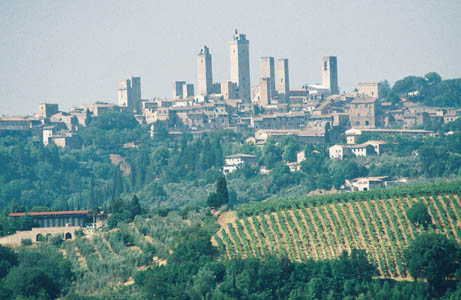 |
|
|
and had a blast weaving along the roads. The roads would twist and turn shoot up hills then back down as I flew past vineyards, olive groves, and fields of sunflowers (used as a nutrient renewal crop) or wheat. I toured across the land visiting many small walled cities that have hardly changed since the middle ages including San Gimignano, Volterra and its Etruscan museum, Pienza, and Pitigliano. Some had castles, some had many towers, all were unique and interesting. Built on hilltops or cliffs for defense and preservation of the lowlands for farming, they would rise up above you toured through the land. 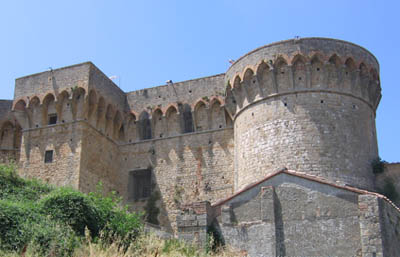
|
|
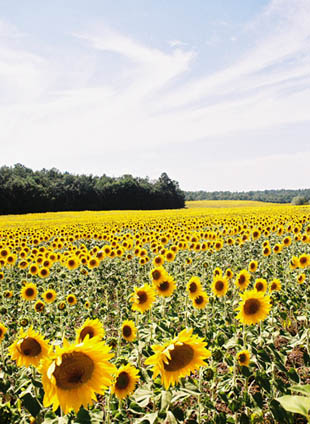 |
sadly to fly back home. One side note, if I ever have to drive through Roma again I will grab a local off the road to at least navigate if not drive! The signs were unreadable etched in marble on the sides of buildings, the roads veer every which way with one way streets galore, and they were all packed with cars and mopeds… crazy! |
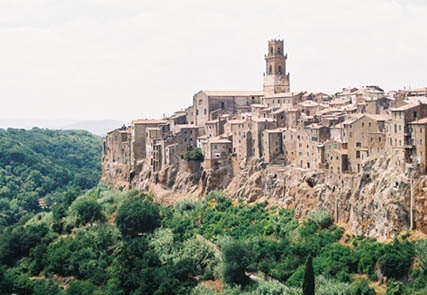
|
|
|
Anyway, ciao for now and as always if you would like to see any other pictures of specific parts of the experience, or want higher resolution copies of what are on the web site, just let me know. Also, don't hesitate to ask if you have any questions. jon.pineau@colorado.edu Check out some pictures from other trips here |
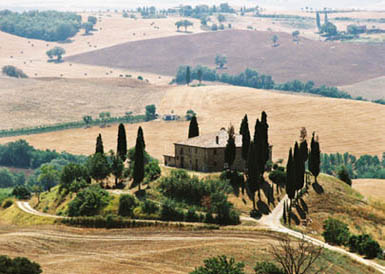
|